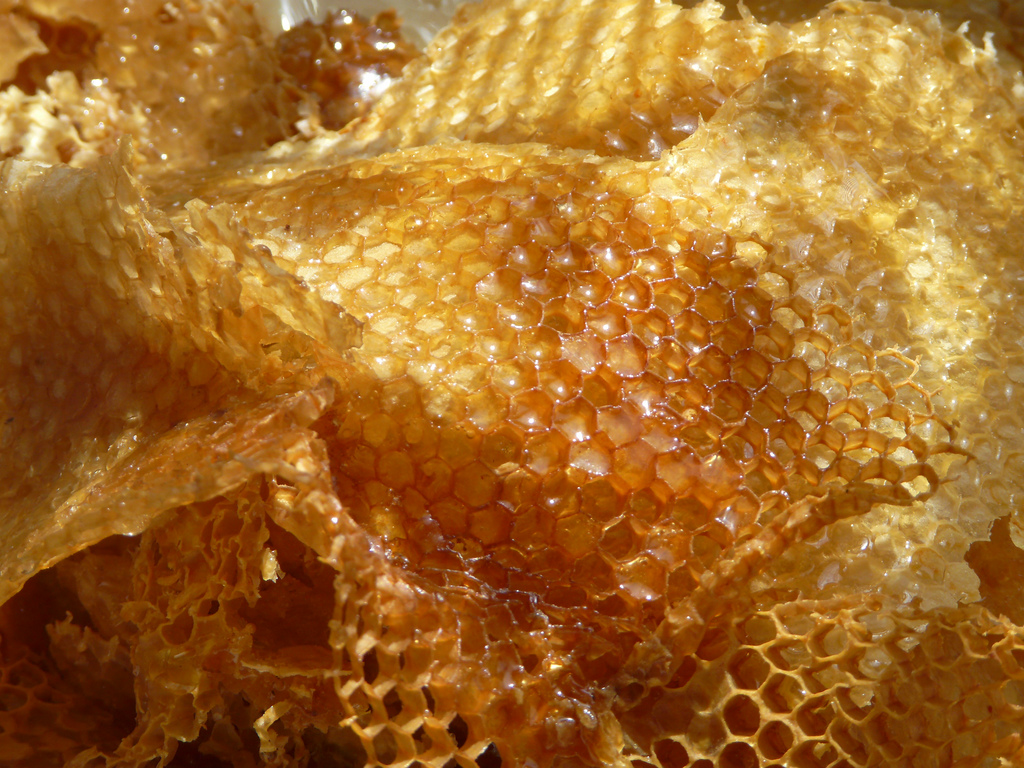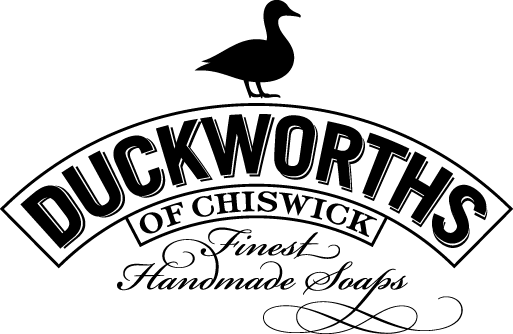
Just last week I extracted my first crop of honey for 2016. I usually have to do 2 extractions in the year, as the bees fill up the boxes by the end of May and run out of space. So this crop will be from the early trees, the Sycamores, Maples, Acacias, Horse Chestnuts, Sweet Chestnuts, the fruit trees, Alders and London Planes.
We had good weather in March when the colonies start to build up their numbers, but April and May were really cold, and then with so much rain in June the honey harvest will probably be smaller this year.
The trees begin to flower in March and then later varieties flower through April and May, and we know they are well finished flowering by now, as it is easy to see conkers already growing on the Horse Chestnuts and the apples are there on our trees.
After May we have what Beekeepers call the ‘June gap’ because the early trees have finished, and the only remaining one, the Limes do not start until mid to late June. They will flower into July.
When you start out as a beekeeper you are taught that the end of the bee year, and the beginning of the countdown to winter is the 1st August. I don’t remember being told why that is, but now I understand.
In the countryside the crops grown may alter bee behaviour, but even there, the trees are a vital source of food, and the lack of them is causing problems. But in urban areas, it is the trees which give the bees the bulk of their food. All the bee friendly plants we grow in our gardens will give them a little, but it is very little compared with the trees whose canopies provide volume. And now for the scary bit.
After the end of May, the only major food source for bees are the Lime trees. There is no other major food source until there may be some Ivy flowers in late Autumn. That is why the bee year ends at the end of July, and it is why 70 or so years ago the people who planted our trees and understood about bees planted so many Limes.
I was at the Kew Fair last week selling honey and lots of people told me excitedly about the ‘Hive’ just opened at Kew Gardens and the wild flower meadow they have planted there. All good, but not many of us can plant a wild flower meadow. But we can all try to save the street trees on the pavement outside our flat or house, and this, as most trees are insect pollinated might just save the bees.
